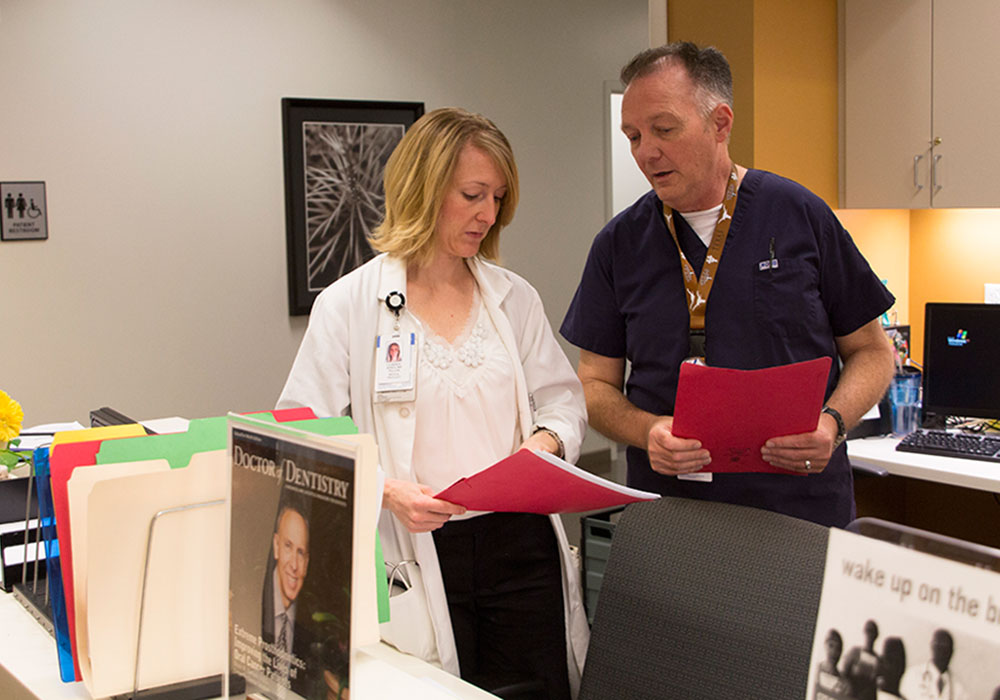The U.S. Preventive Services Task Force (USPSTF) has issued new draft revisions for prostate cancer screening guidelines. In the draft, the USPSTF has changed its previous stance on prostate-specific antigen (PSA) screening tests for men aged 55–69. The drafted guidelines now recommend PSA screening tests for men aged 55–69 based on individual assessment. The USPSTF has upgraded its recommendation from D to C, encouraging physicians to discuss with their patients whether PSA testing is right for them. The USPSTF still recommends against PSA screening tests in patients aged 70 or older.
Previously, USPSTF guidelines discouraged the use of PSA screening tests, offering it a D grade recommendation. At the time, evidence suggested that across-the-board PSA screening tests for men 55–69 years old led to false positives and unnecessary biopsies. These unwarranted procedures could lead to dangerous infections and other complications like incontinence or impotence. According to the evidence available at the time, the USPSTF determined that the potential harm outweighed the benefits of testing.
In the United States, prostate cancer is one of the most commonly diagnosed cancers among men. It accounts for more than 180,000 diagnoses each year and leads to more than 26,000 deaths annually. According to the National Cancer Institute, almost 13% of American men will be diagnosed with prostate cancer at some point in their lives.
The emergence of new evidence, including results of extended follow-up from the European Randomized Study of Screening for Prostate Cancer (ERSPC), drove the USPSTF to revisit its 2012 prostate screening recommendations. The ERSPC study showed that PSA testing cut the relative risk of dying from prostate cancer by nearly 20%. It also found that testing reduced the chances of developing advanced prostate cancer by nearly 30%. However, the USPSTF noted that out of 1,000 men offered PSA testing, 240 received positive results but only 100 of those were confirmed to be cancer by biopsy. Additionally, only one to two men per 1,000 avoided death during the 10- to 15-year screening period because of PSA testing.
The new data, when paired with existing research, demonstrate that PSA testing for prostate screening isn’t perfect. Beyond providing basic information, PSA tests don’t tell providers how advanced the cancer is and whether it’s rapidly progressing. Ultimately, the USPSTF recommended that decisions about screening for PSA testing are best left to providers and their patients, provided they have all the available information.
The proposed guidelines are currently open for comment to the public until May 8, 2017. Join the discussion and weigh in on the benefits or potential harms of PSA testing. Oncology nurses see firsthand the potential impacts that PSA testing can have on patients and can provide a unique perspective to the USPSTF’s draft recommendations.






